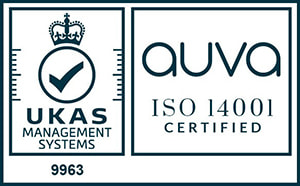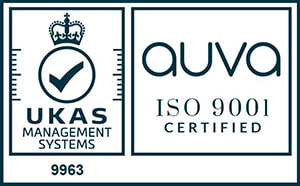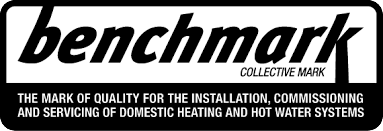Practical advice on helping customers cut their energy bills
The most important objective of a heating system is to achieve the perfect balance of comfort and efficiency, however even the most efficient gas fired boilers or electric heat pumps, will not help to reduce energy bills if the insulation in the property is sub-standard. This country hasn’t had the best record when it comes to building energy-efficient homes and, although there have been vast improvements over the years, much of our older housing stock needs to be upgraded where possible. Even if the insulation is not quite up to standard, it still makes sense to install an energy efficient heat source in your customer’s property, but it must be commissioned and set up to operate in the most efficient way. OpenTherm controls with load compensation will help fine tune the efficiency even further by controlling the output of the boiler to satisfy the requirements of the system, this will reduce cycling, help lower the fuel bills and extend the life of your boiler.
Flow temperatures are important too. You should set the flow temperature according to the system design; ideally you need the system return temperature to be lower than the flue gas temperature dew point of 56⁰C. By setting the flow temperature too high you reduce the chances of the return water being lower than the dew point. It’s preferable to set the flow temperature as low as possible without compromising the comfort level within the property.
With a standard combination boiler try starting with a flow target temperature setting on the boiler of around 60⁰C for the heating and 55⁰C for the hot water. From our experience we know that many homes already have oversized radiators and this allows you to run lower flow temperatures, however it is critical that the radiators are balanced correctly and the system cleaned and treated to BS7593:2019.
When it comes to a boiler and a hot water cylinder it’s more problematic to run lower flow temperatures without upsetting the hot water cycle; the cylinder won’t be able to satisfy the higher temperatures and, crucially, regular disinfection of the hot water tank could be affected. It’s best not to set the flow temperature on the boiler below 60⁰C to allow for pasteurization* of the hot water storage. The hot water cylinder thermostat should also be adjusted to 60⁰C.
If you use X-Plan, you can make even greater savings here. X-Plan is a simple way of setting up an Intergas boiler (less wiring complexity compared to S- and Y-Plan) to enable it to provide two distinct flow temperatures, one for space heating, the other for water heating, without one impacting on the other. During a hot water demand from the cylinder NTC sensor, the boiler would ramp up to full load, as set up in the parameters, to match the cylinder coil input size and the pre-set target temperature of, say, 70⁰C. This heats the water in the fastest possible time; in fact, the recovery is so rapid that a 175-litre unvented cylinder with a 30kW-rated coil** can recover the cylinder (from 10 – 60⁰C) in around 12 minutes. With recovery that fast, customers can opt for a smaller cylinder, saving space as well as energy.
*The HSE document L8 is the approved code of practice and guidance for the control of legionella bacteria in water systems. It states that pasteurising should occur daily, for a minimum period of one hour at 60⁰C to ensure elimination of any legionella bacteria.
**Priority domestic hot water (PDHW) with X-plan operates just like a combi, which means the heating is not operational during hot water demand, helping facilitate the rapid recovery of temperature.






